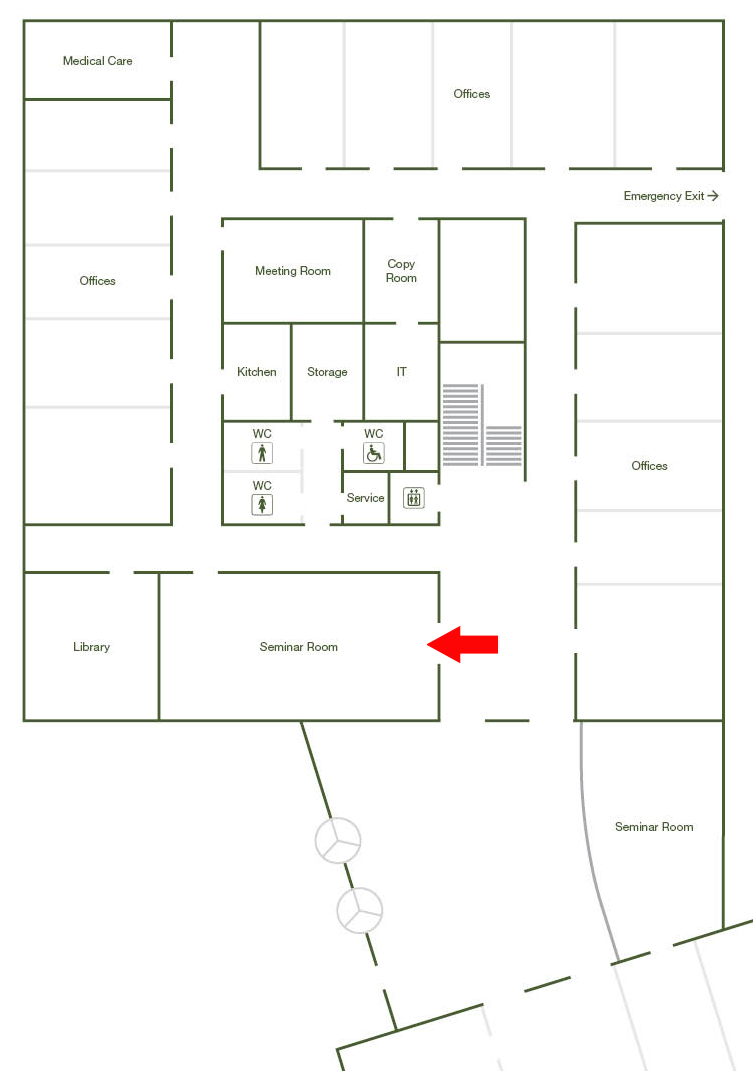Mechanics towards the quantum limit

Nanotubes are ideal for exploring the  boundary between classical and quantum motion, combining low mass (large zero-point motion), high stiffness (large mode spacing), and high quality factor (long coherence times). I will focus on mechanical displacement approaching the standard quantum limit near the phonon ground state. I will show sensitive optomechanical probing of the vibrations of a suspended carbon nanotube at milliKelvin temperatures [1,2]. With quantum dots embedded in the carbon nanotube, I will demonstrate the impact of electron tunnelling on the mechanical motion, including the excitation of self-oscillations. I will also discuss the feasibility of experiments that, combining electrical and mechanical degrees of freedom, might enable a key capability for experiments on quantum thermodynamics: direct measurements of work exchange in the quantum regime.
boundary between classical and quantum motion, combining low mass (large zero-point motion), high stiffness (large mode spacing), and high quality factor (long coherence times). I will focus on mechanical displacement approaching the standard quantum limit near the phonon ground state. I will show sensitive optomechanical probing of the vibrations of a suspended carbon nanotube at milliKelvin temperatures [1,2]. With quantum dots embedded in the carbon nanotube, I will demonstrate the impact of electron tunnelling on the mechanical motion, including the excitation of self-oscillations. I will also discuss the feasibility of experiments that, combining electrical and mechanical degrees of freedom, might enable a key capability for experiments on quantum thermodynamics: direct measurements of work exchange in the quantum regime.
References
[1] N. Ares et al., Phys. Rev. Lett. 117, 170801 (2016)
[2] Y. Wen et al., arXiv:1808.04687 (2018)